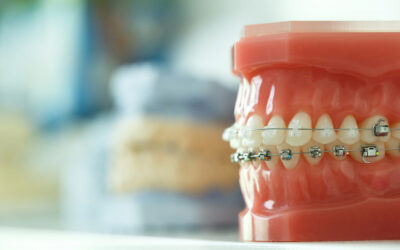Can I Lift Heavy Objects After a Tooth Extraction?

If you’ve recently undergone a tooth extraction, you’re likely navigating the delicate balance between resting and resuming your daily activities. But what about tasks that involve lifting heavy objects, such as carrying groceries or moving furniture? Can you safely engage in these activities during the recovery period? Let’s explore this topic to provide you with clarity and guidance.
Understanding Tooth Extraction Recovery
After a tooth extraction, your mouth undergoes a healing process that typically takes several days to a few weeks, depending on the complexity of the extraction and your body’s healing ability. During this time, it’s crucial to follow your dentist’s post-operative instructions to promote proper healing and reduce the risk of complications.
Risks of Lifting Heavy Objects After Tooth Extraction
Lifting heavy objects shortly after a tooth extraction can pose several risks, including:
- Increased Bleeding: Engaging in strenuous activities like lifting heavy objects can elevate your blood pressure and heart rate, potentially leading to increased bleeding from the extraction site.
- Dislodging Blood Clots: Blood clots form in the socket after a tooth extraction to protect the underlying bone and nerves. Lifting heavy objects prematurely can dislodge these blood clots, resulting in a painful condition known as dry socket.
- Delayed Healing: Straining yourself by lifting heavy objects can impede the healing process, prolonging discomfort and increasing the likelihood of complications such as infection or delayed wound closure.
Recovery Period Guidelines
While every individual’s recovery timeline may vary slightly, here are some general guidelines regarding lifting heavy objects after a tooth extraction:
- Immediate Post-Extraction Period (First 24-48 Hours): During the initial phase of recovery, it’s essential to rest and avoid strenuous activities, including lifting heavy objects. Focus on gentle movements and maintaining proper oral hygiene as instructed by your dentist.
- Subsequent Days to Weeks: As your healing progresses and any initial discomfort subsides, you may gradually resume light activities. However, it’s crucial to listen to your body and avoid anything that causes pain, pressure, or discomfort around the extraction site.
- Consultation with Your Dentist: If you’re unsure about when it’s safe to resume lifting heavy objects or engage in other strenuous activities, don’t hesitate to consult with your dentist. They can provide personalized guidance based on your specific circumstances and the nature of your tooth extraction.
Alternative Solutions During Recovery
While it’s essential to avoid lifting heavy objects during the initial phase of recovery, there are alternative solutions to consider:
- Seek Assistance: Enlist the help of friends, family members, or neighbors to assist you with tasks that involve lifting heavy objects, such as grocery shopping or moving furniture.
- Modify Activities: Look for ways to modify your daily activities to reduce the need for heavy lifting. For example, consider using a shopping cart instead of carrying heavy bags or rearranging furniture in smaller, manageable sections.
- Prioritize Rest: Remember that rest is crucial for optimal healing. Use this time to relax and allow your body to recover fully before returning to your regular routine.
Conclusion
Lifting heavy objects immediately after a tooth extraction can jeopardize your recovery and increase the risk of complications. It’s essential to prioritize rest, follow your dentist’s post-operative instructions, and gradually resume normal activities based on your body’s response.
If you have any concerns or questions about lifting heavy objects during your recovery period, don’t hesitate to reach out to your dentist for guidance. By taking proper care of yourself and respecting your body’s need for rest, you can promote a smooth and successful recovery after tooth extraction.



